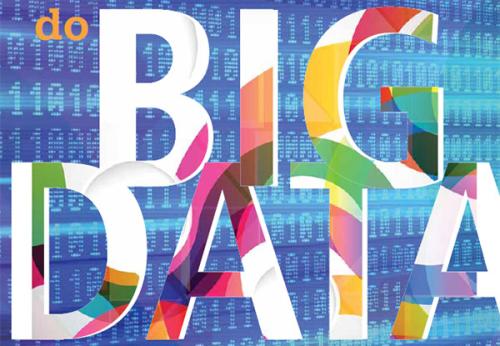Digital twin (DT), refers to a promising technique to digitally and accurately represent actual physical entities. One typical advantage of DT is that it can be used to not only virtually replicate a system's detailed operations but also analyze the current condition, predict future behaviour, and refine the control optimization. Although DT has been widely implemented in various fields, such as smart manufacturing and transportation, its conventional paradigm is limited to embody non-living entities, e.g., robots and vehicles. When adopted in human-centric systems, a novel concept, called human digital twin (HDT) has thus been proposed. Particularly, HDT allows in silico representation of individual human body with the ability to dynamically reflect molecular status, physiological status, emotional and psychological status, as well as lifestyle evolutions. These prompt the expected application of HDT in personalized healthcare (PH), which can facilitate remote monitoring, diagnosis, prescription, surgery and rehabilitation. However, despite the large potential, HDT faces substantial research challenges in different aspects, and becomes an increasingly popular topic recently. In this survey, with a specific focus on the networking architecture and key technologies for HDT in PH applications, we first discuss the differences between HDT and conventional DTs, followed by the universal framework and essential functions of HDT. We then analyze its design requirements and challenges in PH applications. After that, we provide an overview of the networking architecture of HDT, including data acquisition layer, data communication layer, computation layer, data management layer and data analysis and decision making layer. Besides reviewing the key technologies for implementing such networking architecture in detail, we conclude this survey by presenting future research directions of HDT.
翻译:数字双机制(DT)是指数字和准确代表实际物理实体的很有希望的技术,DT的一个典型优势是,DT不仅可以实际复制一个系统的详细操作,还可以用来分析目前的状况,预测未来的行为,并改进控制优化。虽然DT在智能制造和运输等各个领域得到了广泛实施,但其常规模式仅限于包含非生物实体,例如机器人和车辆。因此,在以人为中心的系统中采用了一个新概念,即所谓的人的数字双机制(HDT),这一概念就是一个新概念。特别是,HDT不仅能够使单个的人类机构具有硅度的代表性,能够动态地反映分子状况、生理状况、情感和心理状况以及生活方式的演变。尽管DTD在个人化保健(PH)领域得到了广泛应用,但传统的模式仅限于包含远程监测、诊断、处方、手术和车辆等非生物实体。但是,HDT在以人为中心的通信架构和关键技术(包括PHHDT)应用程序的网络化结构的网络化结构中,我们以网络化结构的网络化结构和关键技术为焦点,我们首先分析数据结构下的数据结构,然后分析数据结构的分类和数据结构的分类,然后分析数据结构中的数据结构中的数据结构中的数据差异。</s>



